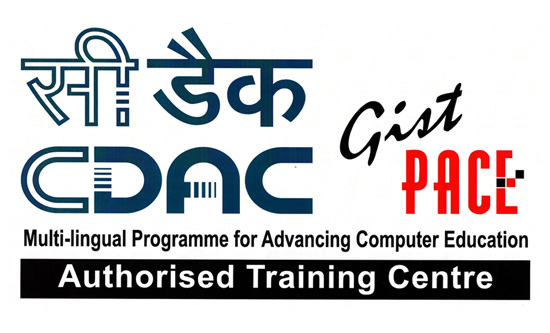JAVA EE ADVANCE LEVEL WEB APPLICATION DEVELOPMENT INDUSTRIAL TRAINING
The JAVA EE Programming training introduces delegates to the development and implementation of scalable distributed applications using Enterprise Java beans (EJB), Servlets, And Java Server Pages (JSP) Java EE is a platform-independent, Java-centric environment from Sun for developing, building and deploying Web-based enterprise applications online. The Java EE platform consists of a set of services, APIs, and protocols that provide the functionality for developing multitiered, Web-based applications
GN Infotech provides the best JAVA EE Training in Khanna with below mentioned course curriculum. GN Infotech labs are equipped with latest software so that students can get 100% practical training.
At the completion of training the participant will exhibit the following :
- - Understanding the architecture of MVC Application
- - Implement Web Applications
- - Create Web Services
- - Develop Business Components
- - Knowledge of design patterns.
WHY JAVE EE TRAINING AT GN INFOTECH ?
- - Industry Compliant Syllabus
- - Multi-Platform Demonstration
- - Product Based Training
- - Real-Time Case Studies
- - Use of Latest Tools & Technology
- - LCD equipped class room
- - Unlimited Lab facility
- - Faculty drawn from Industries
- - Daily Handouts & Lab Exercise
- - Workshops on New Technologies
TARGET AUDIENCE :
- - Team Lead
- - EJB Developer
- - Business Component Developer
Advance JDBC Programming
Overview of Database Driver Architecture
Introduction to JDBC Standard Extension API (javax.sql)
Connection Pooling
JDBC Programming with ORACLE, MYSQL, etc.
Prepared Statement
ResultSetMetaData
DatabaseMetaData
Store image & Retrieve image
Store file & Retrieve file
CallableStatement
Transaction Management
Batch Processing
RowSet Interface
Batch Processing
Connecting to non-conventional databases
Use of Excel API
Working with Multiple Databases
Introduction to Java EE
Java EE Overview
Why Java EE?
Java EE Architecture
Java EE APIs
Java EE Containers
Java Server Technologies
Servlets Web Technology
Web Application Basics
Architecture and challenges of Web Application.
Introduction to Servlet
Servlet life cycle
Developing and Deploying Servlets
Exploring Deployment Descriptor (web.xml)
Handling Request and Response
Initializing a Servlet
Working with Forms
POST Vs GET
Accessing Database
Servlet Chaining
Session Tracking & Management
Dealing with Cookies
Transferring Request
Accessing Web Context
Passing INIT and CONTEXT Parameter
Sharing information using scope object
Controlling concurrent access
User Authentication
Filtering Request and Response
Programming Filter
Filter Mapping
Servlet Listeners
Java Server Pages Web Technology (JSP)
Basic JSP Architecture
Life Cycle of JSP (Translation, compilation)
JSP Tags and Expressions
Role of JSP in MVC-2
JSP with Database
JSP Implicit Objects
Tag Libraries
JSP Expression Language (EL)
Using Custom Tag
JSP Capabilities:
Exception Handling
Session Management
Directives
JSP with Java Bean
RMI (Remote Method Invocation)
RMI overview
RMI architecture
Example demonstrating RMI
Enterprise JAVA Beans (EJB)
Enterprise Bean overview
Types of enterprise beans
Advantages of enterprise beans
The Life Cycles of Enterprise Beans
Working with Session Beans
Statefull vs. Stateless Session Beans
Working with Entity Beans
Message Driven Beans
JNDI (Java Naming and Directory Interface)
JNDI overview
JNDI API
Context operations
Using JNDI in Java EE applications
Struts Framework:
What is Struts?
Struts Architecture
Struts classes - ActionForward, ActionForm
ActionServlet, Action classes
Understanding struts-config.xml
Understanding Action Mappings
Struts flow with an example application
Struts Tiles Framework
Struts Validation Framework
Internationalizing Struts Application
Struts with Message Resources
Awareness to Other Java EE Technologies:
Java Mail
JTA
Web Services
JMS
ANT
Log4J
JSF
Hibernate
Spring Framework
Design Pattern
Realtime Project 1 ( We will develop a project just the same way development happens in any company )
Realtime Project 2 ( You will get exposure to complete end to end development life cycle )


